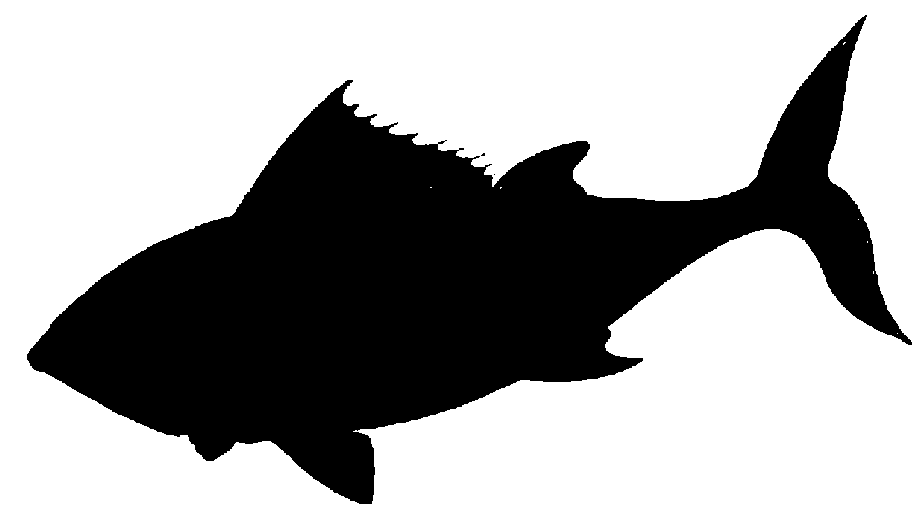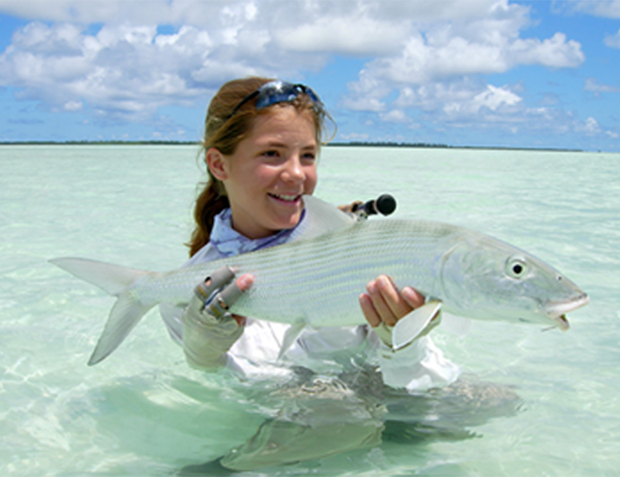The following excerpt is from the book The Fisherman’s Ocean by David A. Ross, Ph.D. Reprinted with permission from Stackpole Books, Mechanicsburg, Pennsylvania.
Color and Night Vision
[dropcap]A[/dropcap]fish’s eye has two basic types of light-receptor cells: rod cells, which respond to black and white; and cone cells, which respond to color. Rods are more sensitive to light than cones, while cones produce better-defined images. The number of cone cells contained in the eyes of fish varies among species, which means that color vision varies among species. Scientists generally believe that most fish have some degree of color vision, although some species may only be sensitive to one or two colors. For example, deep-sea fish that live in relative darkness tend to see dim blue colors best. Species that depend on sight to find food and are active during the day generally have the highest ratios of cone to rod cells. Nocturnal fish generally have more rods than cones, since rods are more sensitive to light. Fish that live in freshwater or coastal waters tend to have an equally-balanced number of rods and cones.
In low light, fish generally use only their rod cells and thus are mainly seeing objects in black and white. Although rod cells are very sensitive to light, they produce relatively poorly-defined images. As the level of light increases, fish start to use their cone cells, and their color-sensing ability increases. This transition, which involves pigments that shade the light-sensitive rods cells, can take an hour or more. A similar transition occurs at sunset when fish change from using their cone cells to their rod cells. Because the change between rod and cone cells takes time, some fish do not achieve their sensitive night vision until well after dark. Likewise, their best color perception will occur some time after sunrise. The quicker a fish can adjust to the changing light, the quicker it can find food (or a fly or lure) and feed in changing light conditions.
The period of transition at sunrise and sunset may be one of the best times to catch fish. Maybe you’ve been in a situation in which fish activity increased, often dramatically, at dawn or at dusk. This may be due to the excellent vision-adjusting ability of your target species—striped bass are a good example of fish that have such an ability. At dusk, baitfish lose some of their color and camouflage protection, including their ability to reflect ocean colors back at predators, so this may also trigger predators to feed more actively during the light-transition period.
Fishing Tips Concerning Color
Anglers probably think color is more of a motivating factor in attracting fish than it actually is. In many instances, a fish’s main use of its color vision is to increase the contrast of prey against different types of backgrounds. Therefore, duplicating the colors of a baitfish in a fly or lure may be less important than simulating the shape of the bait and ensuring good contrast between your fly and the background. Contrast is especially important at low-light levels, such as at dusk and just before dawn. Sometimes, good contrast should be avoided, such as when you’re fishing for bonefish on tidal flats. Here, the conventional fishing wisdom is that you will do best by using a fly that is similar in color to the bottom.








